In the 1880’s a Florida flower gardener took some Water Hyacinths from an exhibit in New Orleans, raised them in a backyard for a few years, then tossed the extra plants into the St. Johns River at Palatka. The goal was to beautify a rather drab section of the river. Thus Palatka was Ground Zero, or in this case, Water Zero. Within ten years the river was so clogged with Water Hyacinths navigation had become impossible. Today the state spends millions every year to keep waterways open from the (edible) invasive species. It says if they stopped fighting it for three years all fresh waterways in Florida would be too clogged to use.
I saw some blossoming Water Hyacinths this past week in a puddle in Winter Park. It reminded that the plant is born almost pregnant. Under the right conditions it can reproduce in three weeks. This make Water Hyacinth one heck of an invasive species or a dependable wild edible, depending on your perspective. Young leaves and floats are edible cooked and the flowers candied. Some people put green parts raw into smoothies but that’s not a good idea. Raw the plant can give some people an itchy niacin-like flush (and some get that even after cooking it.) Also the plant can grow in some unwholesome water so it is best cooked. Still, there are some folks who do dare consume it raw. I do not recommend it. Oddly there is one redeeming grace to the invasive and that is the plant can be used to reduce algae concentrations and clean water. To read more about the “weed from hell” go here.
Panic Grass is a very common native grass that is often overlooked as an edible. An important element to remember about grasses is that there are no toxic native North American grasses. It’s the non-natives grasses that can be toxic and that is usually by small amounts of cyanide. And it doesn’t take a lot of cyanide to make you sick but preparation can drive it off. So beyond identification the next question regarding grass is whether it is a native or not. Like most grasses one can eat the grains and the blades. Usually the blades are dried, powered and used to thicken soups. They can also be used to add heft to meat loafs or bread and increase the satiation factor. While the grain of Panic Grass can be eaten raw it benefits greatly by being cooked, usually parched in a hot pan or slightly roasted. You can also boil it like a porridge. To read more about Panic Grass go here.
Upcoming Foraging Classes:
Sunday, Sept. 18th, Blanchard Park, 10501 Jay Blanchard Trail, Orlando, FL 32817. 9 a.m.
Sunday, Sept. 25th, John Chestnut County Park: 2200 East Lake Road, Palm Harbor, FL 34685. 9 a.m.
Sunday, October 2nd, Bayshore Live Oak Park, 2200 East Lake Road, Port Charlotte, 9 a.m. Cross street Ganyard.
Sunday, October 9th, Dreher Park, 1200 Southern Blvd., West Palm Beach, 33405. 9 a.m.
Sunday, October 16th, Florida State College, south campus, 11901 Beach Blvd., Jacksonville, 32246. 9 a.m.
To learn more about the classes go here. Also, I had a large class in Sarasota this past week and one of the students, Malin Parker is a chef and blogger. He did a nice write up of the class. Thank you Malin. You can read it here.
All of Green Deane’s videos are available for free on You Tube. They do have ads on them so every time you watch a Green Deane video I get a quarter of one cent. Four views, one cent. Not exactly a large money-maker but it helps pays for the newsletter. If you want to see the videos without ads and some in lightly better quality you can order the DVD set. It is nine DVDs with 15 videos on each. Many people want their own copy of the videos or they have a slow service and its easier to order then to watch them on-line. They make a good gift for that forager you know. Individual videos can also be ordered. You can order them by clicking on the button on the top right of this page or you can go here.
The Pindo Palm wine continues to work. I’ve been making wine and beer for over 30 years. My best was watermelon wine: It came out like a fine Rhine Wine. The worst we won’t discuss. Here you see the Pindo fruit wine just before I racked it the second time and added 24 ounces of organic brown sugar. While the yeast one uses can make a significant difference sugar choices can as well. They can “throw” flavors. Table sugar (sucrose and fructose) is not a good sugar for making beer because it tends to throw a wine-ish flavor. However it’s good for making cider. Corn sugar (dextrose) is preferred for beer in that it does not throw a flavor, or if it does as some argue, it compliments beer. Brown sugar, which is part fructose, has a hint of molasses. As the Pindo Palm fruit is on the fruity wild side brown sugar fits into the flavor profile well. Agave sugar would have work, too. The wine is also clearing but it will never have the clarity of a grape wine. There’s too much pectin in the juice (even with a pectin enzyme added to reduce it.) The wine will always be a bit cloudy… but after 14 glasses one does not notice.
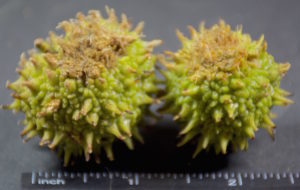
Do you know what these are? They’re not edible per se but are medicinal. And you’d know that if you read the Green Deane Forum.
Want to identify a plant? Looking for a foraging reference? Do you have a UFO, an Unidentified Flowering Object you want identified? On the Green Deane Forum we chat about foraging all year. And it’s not just about warm-weather plants or just North American flora. Many nations share common weeds so there’s a lot to talk about. There’s also more than weeds. The reference section has information for foraging around the world. There are also articles on food preservation, and forgotten skills from making bows to fermenting food. You can join the forum by clicking on the button on the upper right hand side of this page.
This is Newsletter 224.
If you would like to donate to Eat The Weeds please click here.

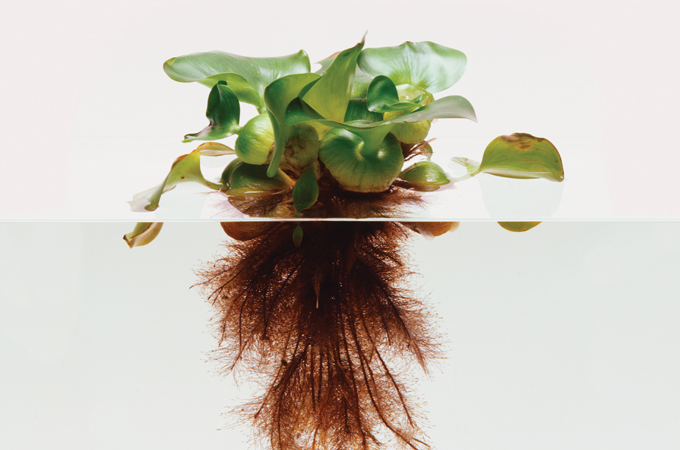
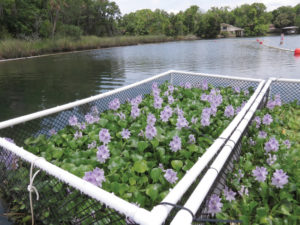
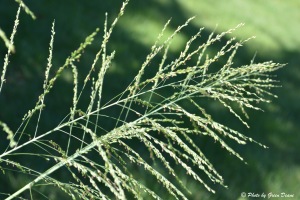
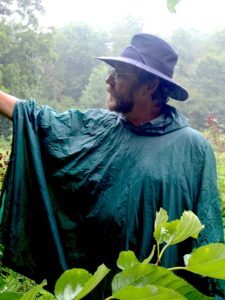

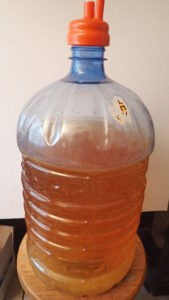

As mentioned on ease of spreading of hyacinths, here a person who is found to own the plant north of Jebel Awlia dam – constructed about 1oo kms south of Khartoum during the Anglo-Egyptian regime to Benifit Egypt with respect to irrigation. I spite of that my people, lncluding myself, are using the plant as pot ornamental in their houses.Added to this the plant constitutes a predacamen to navigation for steamers travelling from Kosta city southwards to Malakal in the South.
Let me tell you of an old man for two weeks now in bed sufurring from prostate – bph or rather I’ d tell about one of the important uses of the herb: Aloe Vera cactus – so useful as a calming or analgesic cure that my people call it” AL sub AL hugeegi” which is the Arabic for : genuine patience.” Briefly, the sick man often suffered from itching, irritation, and heating between the genitals, and sometimes on the skin surface specially under feet and between nails and skin. As a soothing material tender pieces of Aloe we kept under the pillow of the sick man. Whenever he felt irritation, he resorted to Aloe, squeezed a stripe and rubbed the part concerned w5 t5 sap. I must add that was besides the high comfort gained on reading your articles dear Green.Thank you and thank God the old man is almost recovering.
My people here in KAFOURI AREA – Khartoum north and myself are eager to hear relief off Mathews and good news about lovely places like Jacksonville and Orlando which are familiar to us through ” Eattheweeds ” Let’stand hear ftom you please.Thank you – regards.